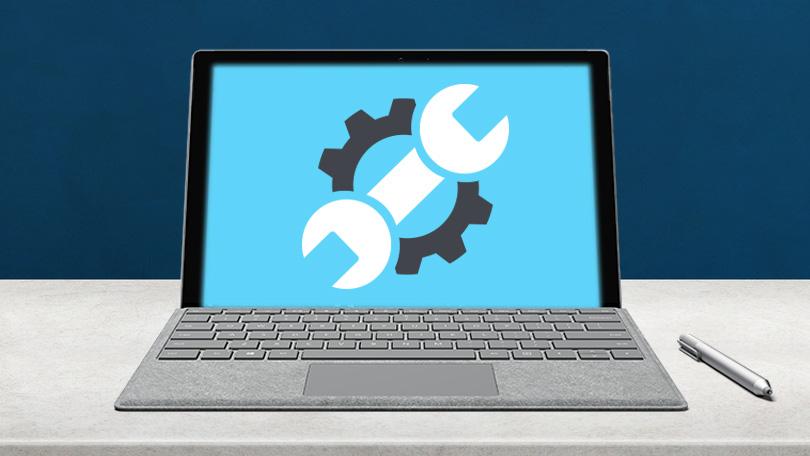Windows 10, Microsoft’s versatile operating system, offers a plethora of features and functionalities designed to streamline productivity and enhance user experience. However, like any complex software system, Windows 10 may occasionally encounter annoyances and problems that hinder smooth operation and productivity. From minor nuisances like slow performance to more critical issues like system crashes, addressing these challenges promptly is essential for maintaining a stable and efficient computing environment. In this extensive guide, we’ll explore a wide range of strategies, tips, and techniques to help you identify and fix common annoyances and problems in Windows 10, empowering you to optimize performance, maximize productivity, and enjoy a smoother computing experience.
Understanding Common Annoyances and Problems:
Before delving into solutions, let’s first identify some common annoyances and problems that users may encounter in Windows 10:
- Slow Performance: This may manifest as sluggishness when launching applications, opening files, or navigating the user interface.
- Software Compatibility Issues: Certain software applications or drivers may not be compatible with Windows 10, leading to crashes, errors, or other issues.
- Driver Problems: Outdated or malfunctioning device drivers can cause hardware-related problems such as connectivity issues, display glitches, or performance degradation.
- Update Errors: Windows Updates are crucial for maintaining system security and stability, but sometimes they can fail to install or cause unexpected problems.
- Internet Connectivity Issues: Problems with Wi-Fi or Ethernet connections can disrupt internet access and prevent users from browsing the web or accessing online services.
- Blue Screen of Death (BSOD): A BSOD indicates a critical system error that requires immediate attention. It may occur due to hardware failure, driver issues, or software conflicts.
Strategies for Fixing Annoyances and Problems:
- Run Windows Troubleshooters:
- Windows 10 includes built-in troubleshooters for diagnosing and fixing common problems. Use the Troubleshoot feature in Settings to run troubleshooters for various issues such as Internet Connections, Windows Update, and Hardware and Devices.
- Update Drivers:
- Ensure that your device drivers are up to date to prevent compatibility issues and improve hardware performance. You can update drivers manually through Device Manager or use third-party software to automate the process.
- Perform System Maintenance:
- Regularly perform system maintenance tasks such as disk cleanup, disk defragmentation, and system file checker scans to optimize performance and resolve system errors.
- Uninstall Problematic Software:
- Identify and uninstall any software applications that may be causing conflicts or performance issues. Use the Programs and Features or Apps & Features settings to uninstall unwanted programs.
- Reset Windows Update Components:
- If you encounter problems with Windows Update, you can reset the Windows Update components to resolve issues with update installation. Use the Command Prompt with administrative privileges to execute commands such as “net stop wuauserv” and “net start wuauserv” to reset Windows Update components.
- Check for Malware and Viruses:
- Perform a thorough scan of your system using reputable antivirus software to check for malware and viruses that may be causing performance issues or system instability.
- Update Windows:
- Ensure that your Windows 10 operating system is up to date with the latest updates and patches. Microsoft regularly releases updates to address security vulnerabilities and improve system stability.
- Check Disk Health:
- Use built-in tools like Check Disk (chkdsk) to scan and repair disk errors that may be contributing to performance problems or system crashes.
- Adjust Power Settings:
- Customize power settings to optimize system performance and energy efficiency. Adjust power plans in Control Panel or Settings to balance performance and battery life based on your usage patterns.
- Perform a System Restore:
- If all else fails, you can perform a system restore to revert your system to a previous state before the problem occurred. Use System Restore to roll back changes made to system files and settings without affecting personal files.
Conclusion:
In conclusion, addressing annoyances and problems in Windows 10 requires a systematic approach and a combination of troubleshooting techniques. By implementing the strategies and tips outlined in this guide, you can identify and resolve common issues that may hinder your computing experience. Whether you’re dealing with slow performance, update errors, or hardware-related problems, taking proactive steps to diagnose and fix these annoyances can help you maintain a stable and efficient computing environment. So don’t let annoyances and problems hold you back—take charge of your Windows 10 experience and enjoy a smoother and more productive computing experience!
